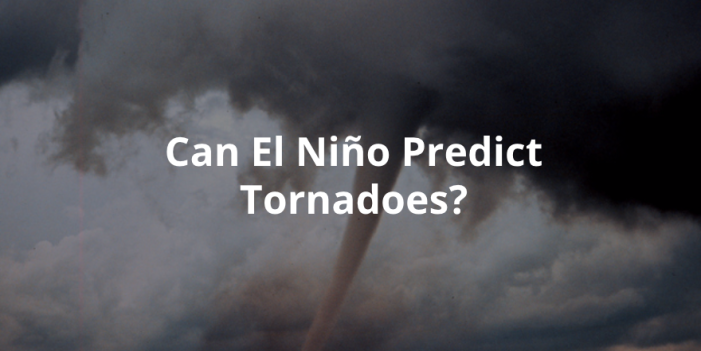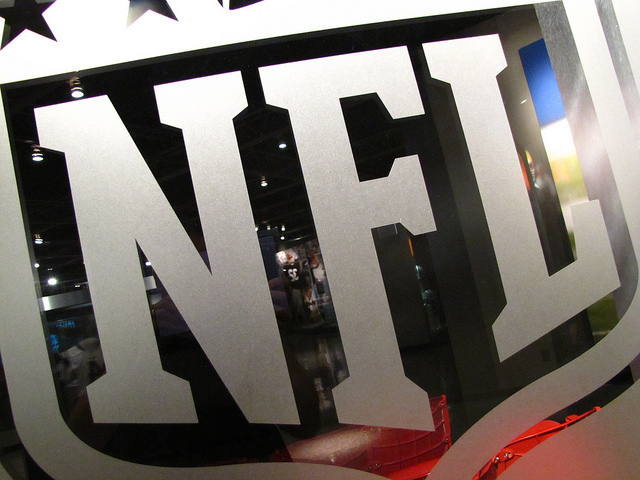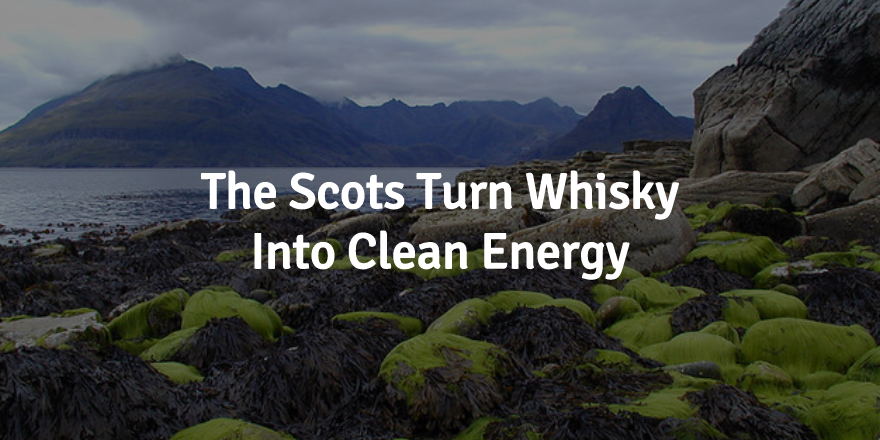The El Niño Southern Oscillation (ENSO) is a natural climate pattern in the Pacific Ocean. During El Niño, or ENSO’s warm phase, a band of uncharacteristically warm ocean water spreads across the central and eastern-central portion of the Equatorial Pacific. In recent years, El Niño has been a bellwether for droughts, intense rainfall and many other severe storms and weather systems across the world–including increased rain across the southern U.S. Now, we can add tornado forecaster to El Niño’s resume.
A new study at Columbia University finds that tornadoes are milder during El Niño years. The report shows the states affected most by El Niño’s temperament are those in the Southwest, like Texas and Oklahoma. “We can forecast how active the spring tornado season will be based on the state of El Niño or La Niña in December or even earlier,” said lead author John Allen, a postdoctoral research scientist at the International Research Institute for Climate and Society (IRI), part of Columbia University’s Earth Institute.
Currently, the forecasts can’t predict exactly where the storms will touch down. Furthermore, their forecasts can’t predict if a wave of serious storms will break out at this time. Allen wants to make this clear so that people don’t think all the scenarios are covered through the IRI’s analysis. However, Allen and his team believe it will still prove useful to governments and insurance agencies in preparation for the coming year.
Allen and his team anticipate releasing their own seasonal tornado forecasts. Currently, the National Weather Service’s Storm Prediction Center’s tornado forecasts are about eight days in beforehand. Allen believes their team can forecast much farther in advance, “…you can actually forecast what the spring tornado season will be like.” This could be made possible if the team’s wish to combine their work with others in the field comes to fruition.
Instead of using erroneous old weather records, the team devised its own formula based on atmospheric pressure, wind shear and other conditions that can accompany bad weather. Theoretically, the formula could predict storm activity in the coming months.
Though the Columbia team would like to issue its tornado forecast next year, the ETA for this may be at least five years away. According to Storm Prediction Center meteorologist Ashton Simpson Cook, “We’ve already started on it, [sic] we’re in the beginning phase.”
Recently, IRI research discovered El Niño conditions over the Pacific, leading to believe this upcoming spring will be a milder storm season in the southern U.S. Additionally, El Niño conditions could prove to have an immense impact of California’s dire need for drought relief, as well as providing relief from severe winter weather in the northern Midwest. Some analysts outside of the IRI believe there is a high probability that the conditions could last through the fall.






